Update: After spinning itself around its vertical axis a bit like a propeller, SpaceX’s expendable Falcon 9 upper stage has successfully released a massive stack of 60 Starlink v1.0 satellites for the second time in two months. Designing to tolerate the occasional bump during their bizarre deployment, those 60 satellites will quickly spread out in space and deploy their solar arrays an hour or so after separating from Falcon 9’s upper stage.
Perhaps as early as later this evening or sometime on January 7th, all 60 satellites will fire up their krypton ion thrusters, beginning the process of temporarily raising their orbits to 350 km (220 mi). Once there, SpaceX will more extensively verify the health of each spacecraft and – if all looks well – send all 60 on their way to a final circular 550 km (340 km) orbit where they will join their brethren and begin operating as communications satellites.
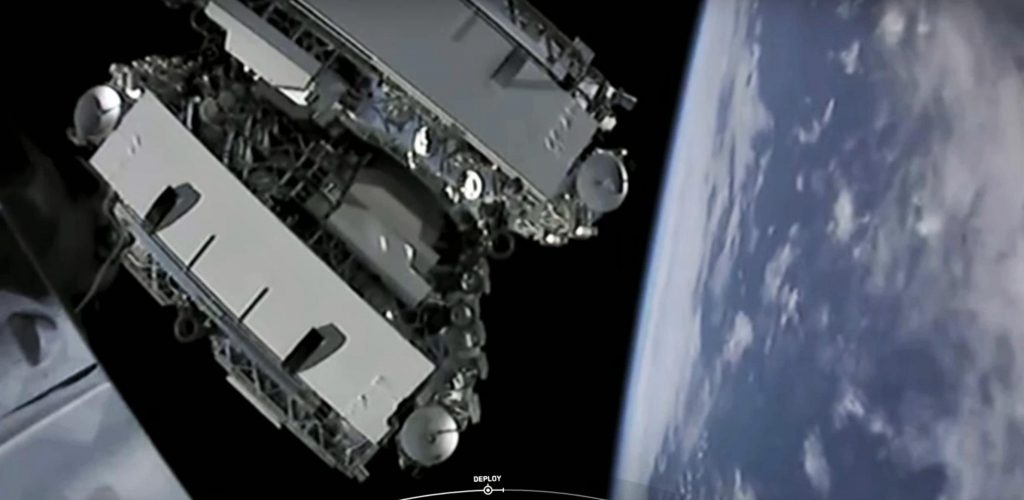
A SpaceX Falcon 9 has kicked off what could be a record-smashing year, potentially making SpaceX the world’s most prolific launch company thanks in large part to the game-changing reusability of its Falcon rockets.
At 9:19 pm ET on January 6th (02:19 UTC, Jan 7), Falcon 9 booster B1049’s nine Merlin 1D engines came to lift, lifting the two-stage rocket and its payload of 60 Starlink satellites off the pad and sending them on their way to orbit. Minutes later, the Falcon 9 booster shut off – completing its fourth successful launch in 17 months – and flipped around with small cold-gas thrusters, beginning its trip back down to Earth.
Less than nine minutes after lifting off from SpaceX’s LC-40 pad at Cape Canaveral Air Force Station (CCAFS), Falcon 9 B1049 began its landing burn and gently touched down on drone ship Of Course I Still Love You (OCISLY), stationed more than 600 km (375 mi) downrange in the Atlantic Ocean. Seconds later, the mission’s expendable Falcon 9 upper stage shut off its Merlin Vacuum (MVac) engine, completing the first of two burns and placing the rocket and its Starlink payload in a parking orbit.
Known as Starlink V1 L2, referring to the second launch of Starlink v1.0 satellites, this mission crossed off several SpaceX milestones – both internal and external. For Falcon 9, it marked the company’s 48th successful landing of an orbital-class rocket booster, as well as the second time SpaceX has successfully launched and landed the same booster (this time B1049) four times in a row.
Even more significantly, it’s almost certain that – so long as all 60 Starlink V1 L2 satellites successfully deploy and begin orbit-raising – SpaceX will have become the owner and operator of the world’s largest commercial satellite constellation. After tonight’s launch, SpaceX’s Starlink internet constellation will likely measure some 175 operational satellites strong less than eight months after the company began dedicated internal launches.
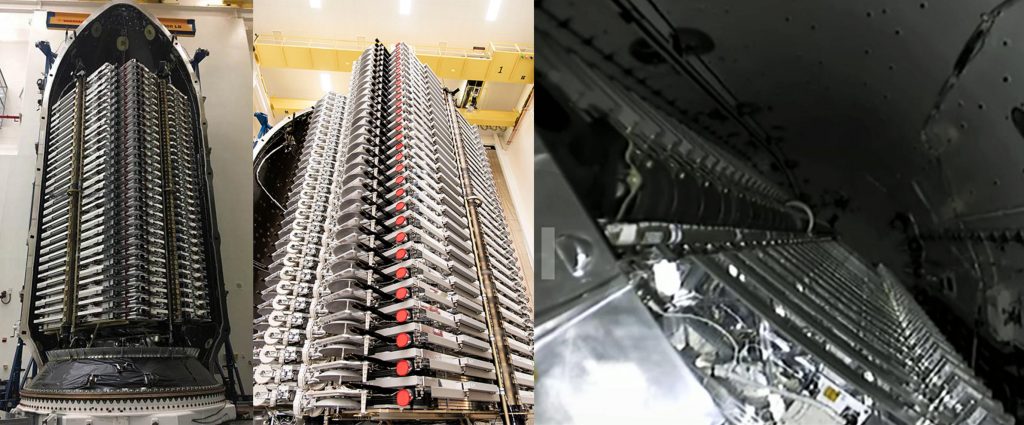
Assuming drone ship OCISLY safely returns Falcon 9 B1049 to port and including SpaceX’s successful November 2019 Starlink V1 L1 launch, the company now possesses two Falcon 9 boosters – B1048 and B1049 – that have successfully performed four separate orbital-class launches apiece. With two rockets in hand, SpaceX should be able to far more accurately determine just how well they’re standing up to the rigors of the latest reusability milestone, hopefully giving the company the data it needs to rapidly turn around one or both boosters for a fifth launch in the near future.
SpaceX has 20-24 Starlink launches planned for 2020, so the company will have a wealth of opportunities to push its fleet of reusable rockets to their limits, ranging from attempting nth booster reuses to testing and expanding the envelope of SpaceX’s nascent payload fairing reuse program.
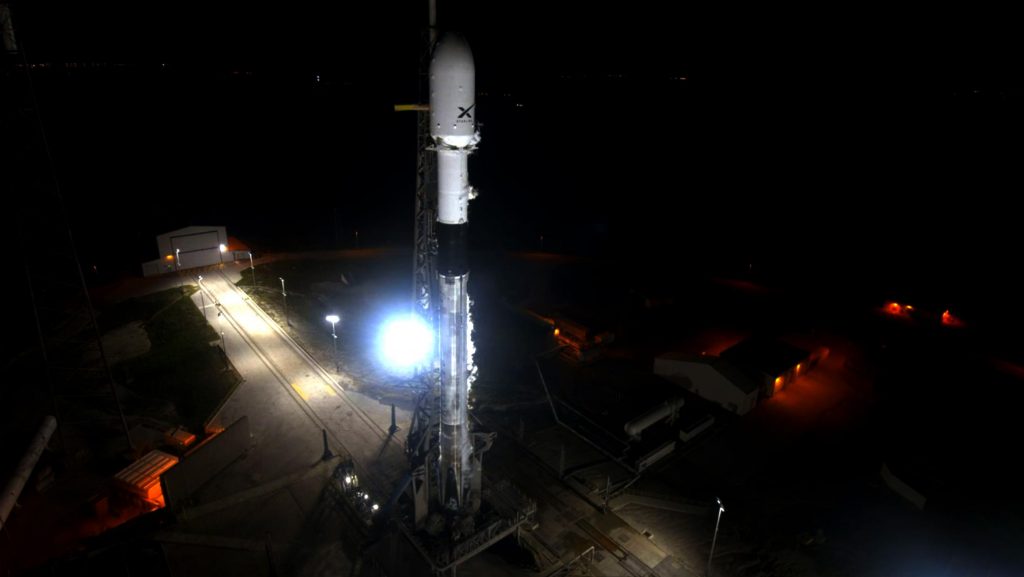
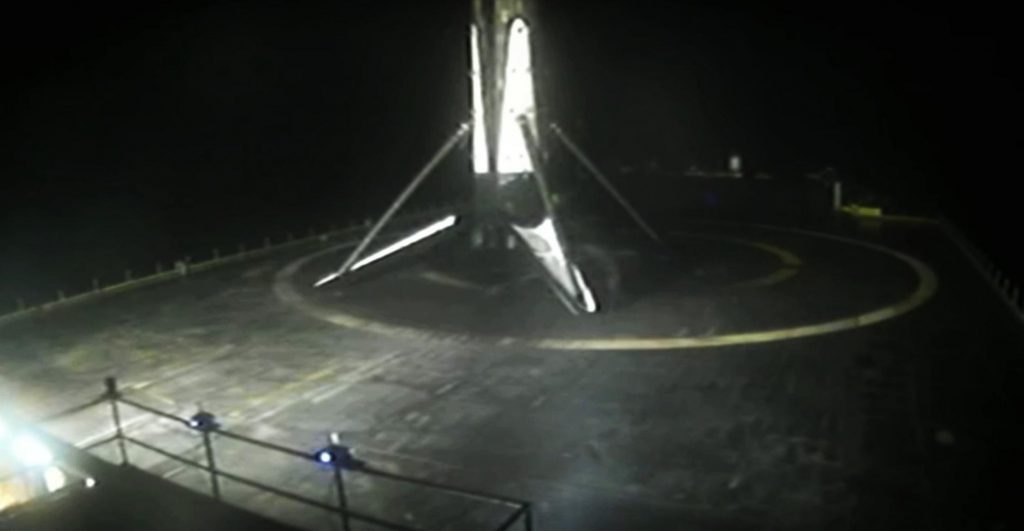
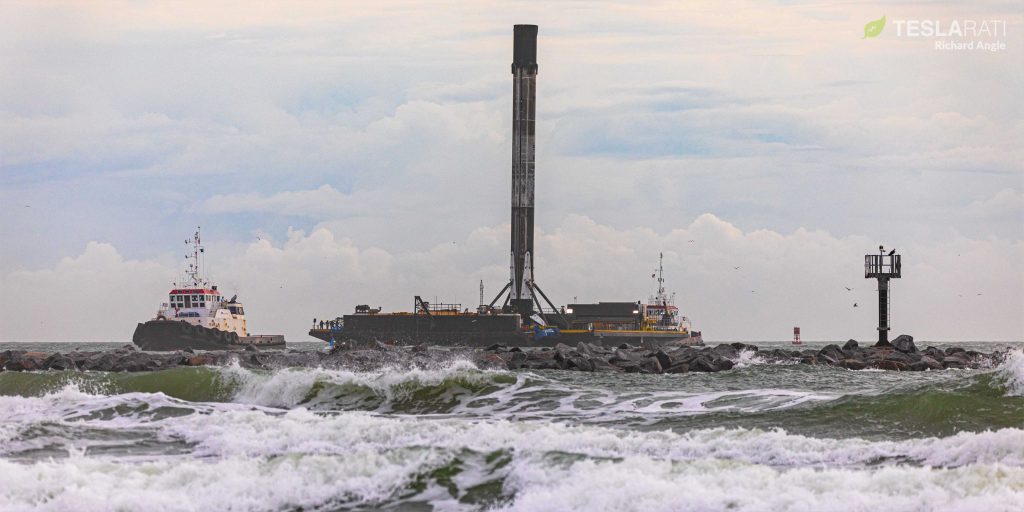
In fact, fairing recovery ship GO Ms. Tree is perhaps just a few minutes away from her third successful fairing half catch – set to occur roughly 45 minutes after Falcon 9’s 9:19 pm EST liftoff. At the same time, Falcon 9’s upper stage is coasting in low Earth orbit (LEO) and preparing to ignite one more time to circularize its orbit and send SpaceX’s third batch of 60 Starlink satellites on their way. Stay tuned for updates later tonight!
Check out Teslarati’s newsletters for prompt updates, on-the-ground perspectives, and unique glimpses of SpaceX’s rocket launch and recovery processes.

(adsbygoogle = window.adsbygoogle || []).push({});
<!–
–>
var disqus_shortname = «teslarati»;
var disqus_title = «[Update] SpaceX rocket launch kicks off a potentially record-smashing year for Falcon 9»;
var disqus_url = «https://www.teslarati.com/spacex-rocket-launch-record-smashing-year-falcon-9/»;
var disqus_identifier = «teslarati-125944»;

